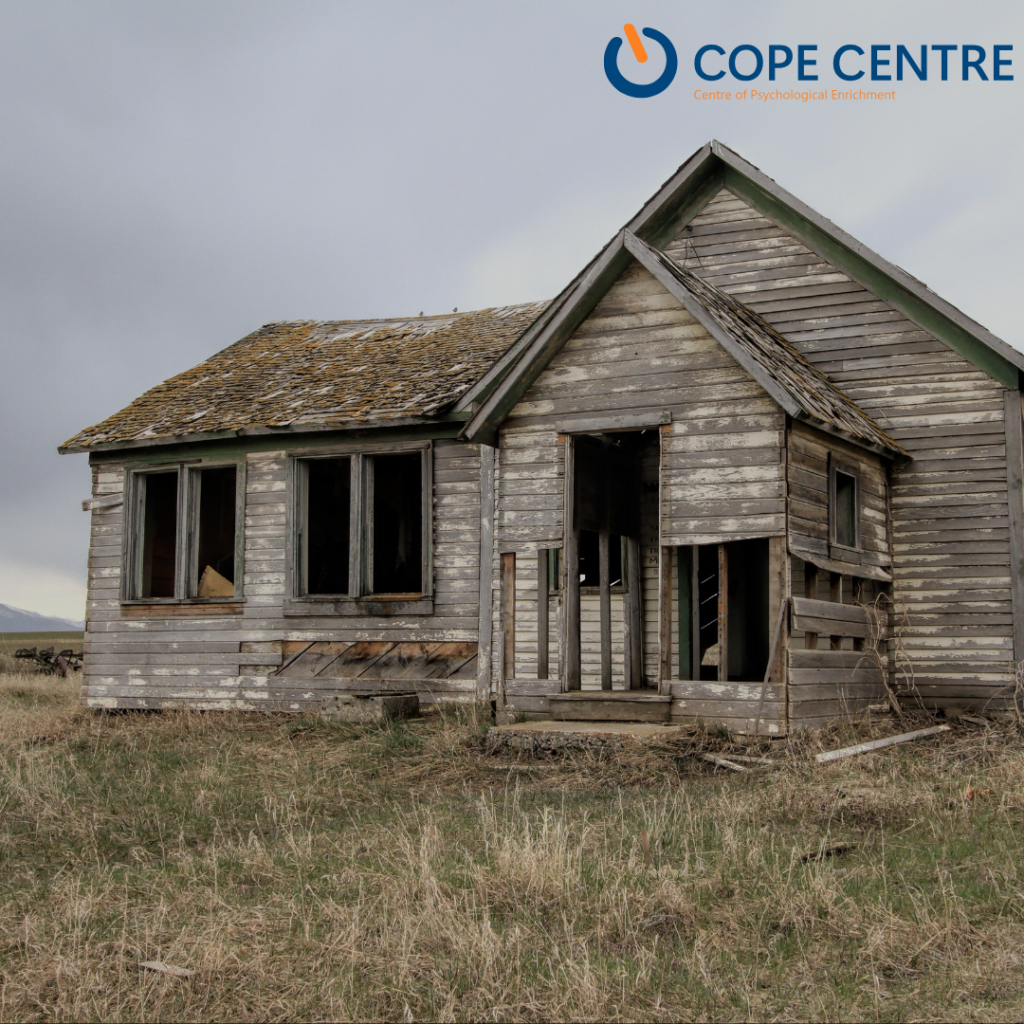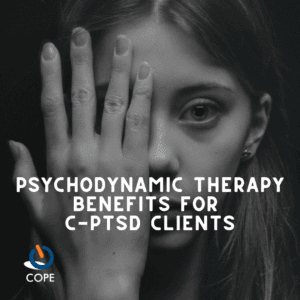Trauma: The Unseen Impact
Written by Michiel Gonzales
Registered Psychologist and Director
Trauma is often misunderstood as something that only stems from extreme or catastrophic events like war, natural disasters, or acts of violence—and while those experiences are undeniably traumatic, they’re only part of the picture. In recent years, our understanding of trauma has expanded. We now know that trauma can also be chronic and relational, emerging not from a single event, but from ongoing experiences where a child’s emotional needs for safety, connection, and consistency are not reliably met. These subtle, repeated ruptures in care can leave lasting imprints on a person’s psychological development and sense of self.

These needs include feeling safe, being seen and understood, having predictable and attuned caregivers, and knowing that love isn’t conditional. When those needs go unmet, not necessarily through intentional harm, but sometimes because of generational trauma, mental difficulties, or life circumstances—it can leave a lasting imprint on a person’s developing sense of self and others. Even a single mum of four doing her absolute best to love and care for her children may find it incredibly difficult to meet all of their emotional needs all of the time—because, simply put, it’s impossible for any caregiver to perfectly attune to every child, every moment. This perspective helps us move away from blame and toward understanding the very human limitations within caregiving relationships.
These repeated experiences of emotional needs going
unmet—such as not feeling safe, soothed, seen, or supported—can significantly
shape a child’s developing brain. Neuroscience has shown that chronic
relational stress in early life can alter neural pathways related to emotional
regulation, attachment, and threat perception, reinforcing patterns of
hypervigilance, emotional shutdown, or difficulty trusting others later in
life.
This isn’t about blaming parents or caregivers. It’s about acknowledging impact over intent. Coming to therapy is often about gently
making sense of how these early patterns shaped our inner world—how we relate,
how we protect ourselves, and how we sometimes carry pain we didn’t even know
we had words for.
Understanding trauma in this way helps people feel less
alone and more compassionate toward themselves. It shifts the question from
“What’s wrong with me?” to “What happened to me—and how did I learn to
survive?” And from that place, we begin the work of healing and rebuilding.
From a psychoanalytic perspective, trauma is not only
something that happens to us—it becomes
something we internalise and unknowingly live through,
often repeating its emotional patterns in our relationships, thoughts, and
behaviours. Much of this occurs outside of our conscious awareness. The
psychoanalytic approach invites us to explore these unconscious processes,
particularly the ways we may have defended ourselves as children in
environments that felt unsafe, unpredictable, or emotionally barren. These
early adaptations, like withdrawing, pleasing others, or suppressing anger often
persist into adulthood, long after they’ve stopped serving us. In therapy, we
begin to notice and make sense of these patterns, not to judge or pathologise
them, but to understand the wisdom behind how they formed. As we develop
insight into our inner world, including the parts of ourselves we’ve had to
exile or disown, we create space for healing that is not just behavioural, but
deeply psychological and relational.


When I work with participants, especially those who have
experienced complex trauma, I often share a metaphor about houses and
foundations. Many people come to therapy wanting quick fixes—and that’s
completely understandable given the pain they’re in. They want the anxiety to
stop, the depression to lift, or their panic attacks to disappear. They want to
feel connected, calm, and in control again. And often, they want these changes
as fast as possible.
What I gently explain is that trauma work isn’t like
patching a hole in a wall or applying a coat of fresh paint. It’s more like
repairing the foundations of a house. Trauma, particularly when it’s occurred
early in life or over a long period, becomes part of the structure we’ve
unconsciously built ourselves upon. It shapes how we see the world, how we
relate to others, and even how we experience our own emotions.
Imagine a house with cracked or shifting foundations. You
might not see the damage right away—but over time, you’ll notice the cracks in
the walls, the doors that won’t close properly, the floors that start to slope.
You can repaint the walls or tighten the hinges, but the issues will keep
returning if the foundation isn’t addressed.
That’s what trauma work often is: going underneath the surface. It means uncovering the hidden injuries that have quietly shaped a person’s nervous system, their sense of self, and their expectations in relationships. It’s uncomfortable, slow, and sometimes messy—but it’s also where deep and lasting change begins.
So when people ask me why therapy feels hard, or why things seem to get worse before they get better, I return to this metaphor. We’re not just fixing what’s visible, we’re rebuilding from the ground up. And while that might not feel like quick progress, it is meaningful progress. Because once the foundation is solid, everything else becomes more stable, more enduring, and more true to who they really are..
COPE Centre of Psychological Enrichment
Visit us at U10/40 Cedric Street, Stirling
📞 (08) 6556 6460
📧 [email protected]
For more information:
NDIS at Cope: https://copecentre.org/national-disability-insurance-scheme-ndis/
Psychodynamic Therapy: https://copecentre.org/psychodynamic-therapy-perth/

